In Vitro Fertilisation (IVF) is used to treat a wide range of fertility problems. For many, such as tubal factor or age-related infertility it may be the first-line treatment and for others may only be recommended if simpler treatments fail.
How does an IVF cycle work?
Once you have been seen in clinic and a mutual decision made to embark on IVF, the process (and often the paperwork!) can seem quite daunting. We aim to guide you through the process step-by-step with as much written information as we can, aim to maximize continuity for you by seeing the same sonographer at each scan and having a named consultant to guide you through your treatment. Our highly trained counselors are also available to provide further support (free of charge).
Hormone injections (Follicle Stimulating Hormone) are given to stimulate the ovaries to produce multiple follicles (each follicle potentially containing an egg). These stimulation injections are given daily subcutaneously (under the skin) and we ensure you are comfortable with this injection process before you start. A second type of medication (given as either a nasal spray or injection depending on the protocol that we have decided on) is also given to stop you releasing these eggs (ovulating) before we collect them.
Over a period of approximately 2 weeks, whilst taking these injections, you will be scanned on average 4 times to monitor the number and size of the follicles. These scans along with blood tests taken at each scan will help us correctly time when we should collect them and allows us to increase / decrease drug doses as needed to optimize your outcome.
When the leading follicle reaches the optimum size (17-22mm), preparations will be made for egg collection. The final preparation for egg collection involves a hormonal injection given 33-39 hours pre-operatively. This triggers the eggs to reach maturity, making them ready for fertilisation.
The eggs are collected using a minor vaginal procedure performed under ultrasound guidance where a special needle is directed alongside the ultrasound probe, through the vaginal wall and into the follicles growing in the ovary. The fluid in each of the follicles that usually contains an egg is then aspirated into a test tube for the embryologist to assess. To minimize discomfort this is usually performed under a light general anesthetic or sedation. It is difficult to predict the number of eggs available from the ultrasound scan picture. We therefore frequently collect fewer eggs and occasionally more eggs than we had anticipated pre-operatively. In rare circumstances we fail to collect any eggs despite the appearance of follicles on the scan picture. If this occurs, the treatment cycle cannot proceed to embryo transfer and you will be given an appointment to see the doctor to discuss your future options.
Step 5: Fertilisation and embryo culture After the eggs are collected, if the sperm numbers are adequate approximately 50-100,000 sperm are placed with each egg in a culture dish and incubated overnight to undergo fertilization.
On average, approximately 65–75% of eggs will fertilise and fertilized eggs are now called embryos. They are then cultured in the lab and their development monitored for between 2-5 days. Once we are able to identify the best embryo or embryos, we will recommend transfer. Where possible we will aim to wait to Day 5 (blastocyst stage) before transfer.
Embryos may be transferred on Day 2, 3, 5 or 6 after collection. The number we transfer will depend on your age, the quality of the embryos and your previous history trying to maximize success rate while minimize the risks of a multiple pregnancy. We show you your embryos via a camera we have located under the microscope and the embryos are then placed through the cervix into the uterus using a small, soft catheter and the procedure is painless (similar to a smear test) and requires no anaesthetic. We encourage partners to attend the transfer.
There any many myths surrounding the period post-transfer but in essence it can be a stressful time waiting for the test day so we encourage women to resume normal activities. The pregnancy test will be two weeks after egg collection. You will be taking progesterone supplementation in this time to support the lining of the uterus and in the event of a positive pregnancy test, progesterone supplementation is continued until week 12 of the pregnancy.
 Ελληνικα
Ελληνικα  English
English 




